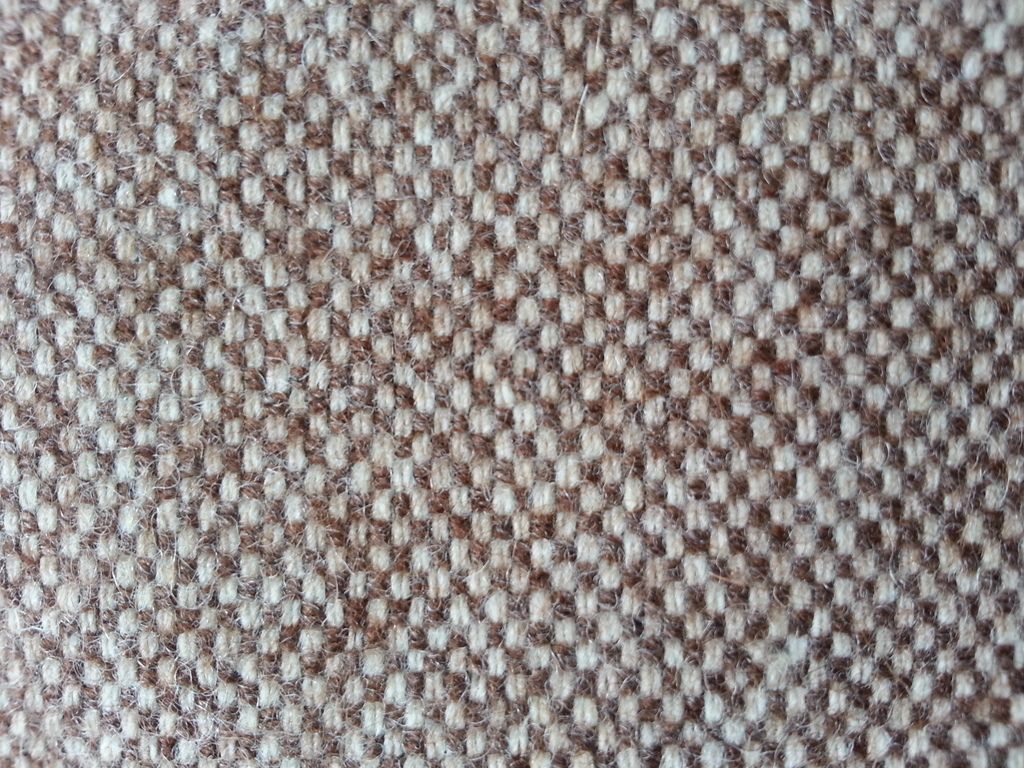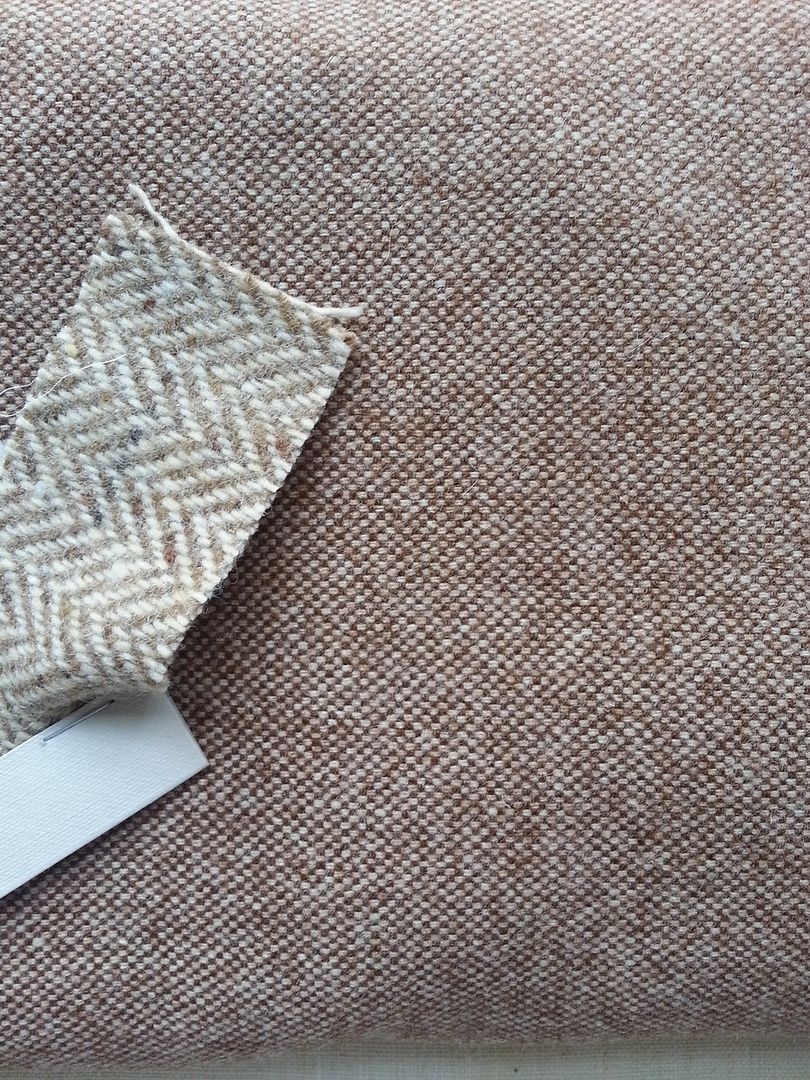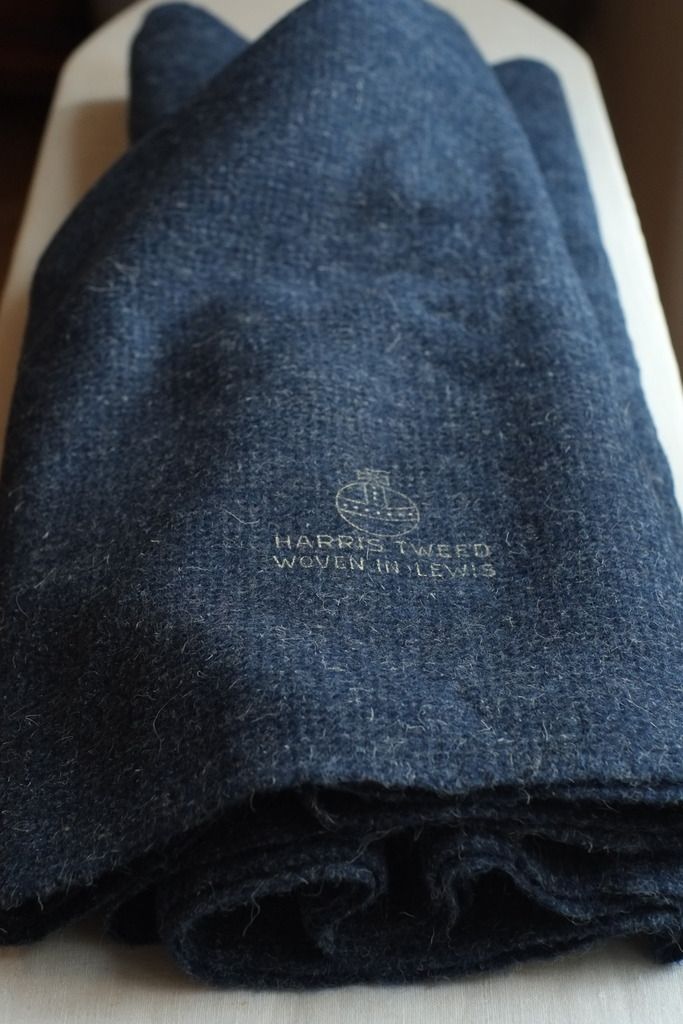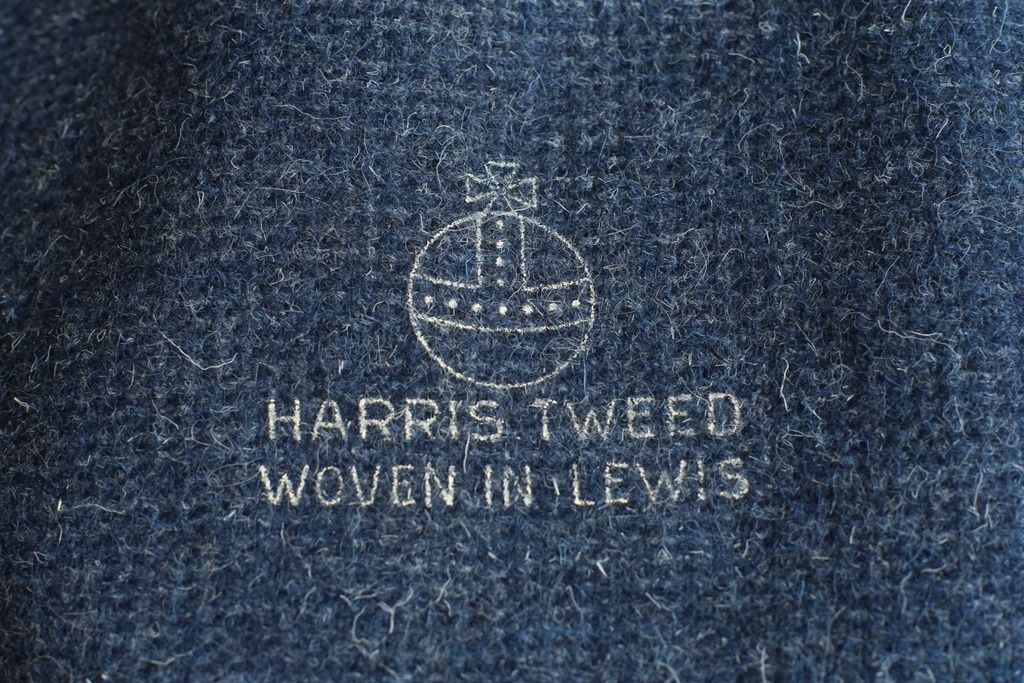Thu Jul 28, 2016 4:33 am
I think the answer is that it depends. If the cloth was woven of high-quality yarns, retaining some of the natural lanolin after scouring and finishing, was not woven under extremely high tension, and has not been subject to harsh chemicals in finishing or cleaning solvents, then I'd imagine it started out with the capability of quite a long life. After all, high-quality handwoven wool rugs subject to much heavier use than stored menswear cloths often retain strength, resilience, and rich color and sheen for a century or more. If the yarn or manufacture was inferior (harsh chemicals in dyeing, finishing, etc.) or if storage conditions (periodic high heat, desiccation or humidity cycling, extensive light exposure, etc.) were stressful, then it might suffer from embrittlement, loss of flexibility, dulling of surface, fading, etc. Wool is a proteinaceous fiber that dislikes the conditions that most organic fibers dislike, but is more vulnerable to chemical deterioration than a virtually pure long-fiber cellulose like linen. I would think that an old Harris tweed, if stored out of light in cool conditions, and free of insect depredations, would probably be a decent bet. I defer to our more experienced members in the wool trade, and to Michael on the pinch and roll test, but if the cloth behaves well in the hand (as you would test the quality of a new cloth), then I'd think you'd be fine. Michael found some NOS vintage woolen flannel, probably from the '60s or so, that I bought for trousers a few years back, and it has worn quite well. A bit spongy, but I suspect that's pretty much how it started life. Takes the iron well and drapes like a dream.
And for hectorm, I've written here before about the blazer that John Kent cut for me in 1984. It was a Holland and Sherry worsted flannel, one of the first super cloths at (gasp) super 100s. Looks as good and behaves as well now as when I wore it regularly in the '80s and '90s. But now the shoulders are too narrow and the chest too neat to fit me, so it awaits a suitable new home, or perhaps donation to Jeffery Diduch for dissection.
And don't forget, the Row tradition of cutting two real with two sham buttons on sleeves originated so that fathers could pass on their indestructible jackets to their sons, even if shortening the sleeves might be required. And of course Lapo Elkann has been known to wear some of his grandfather Gianni Agnelli's suits. So it seems that cloth of that era was expected to last, and has, for a generation or two at least.
I would not wager on the longevity of superfine-fiber wools woven on extremely high-tension, high-speed looms for the RTW market now. I might be proven wrong, but I wouldn't expect them to hold up nearly so well as the traditionally made goods.




